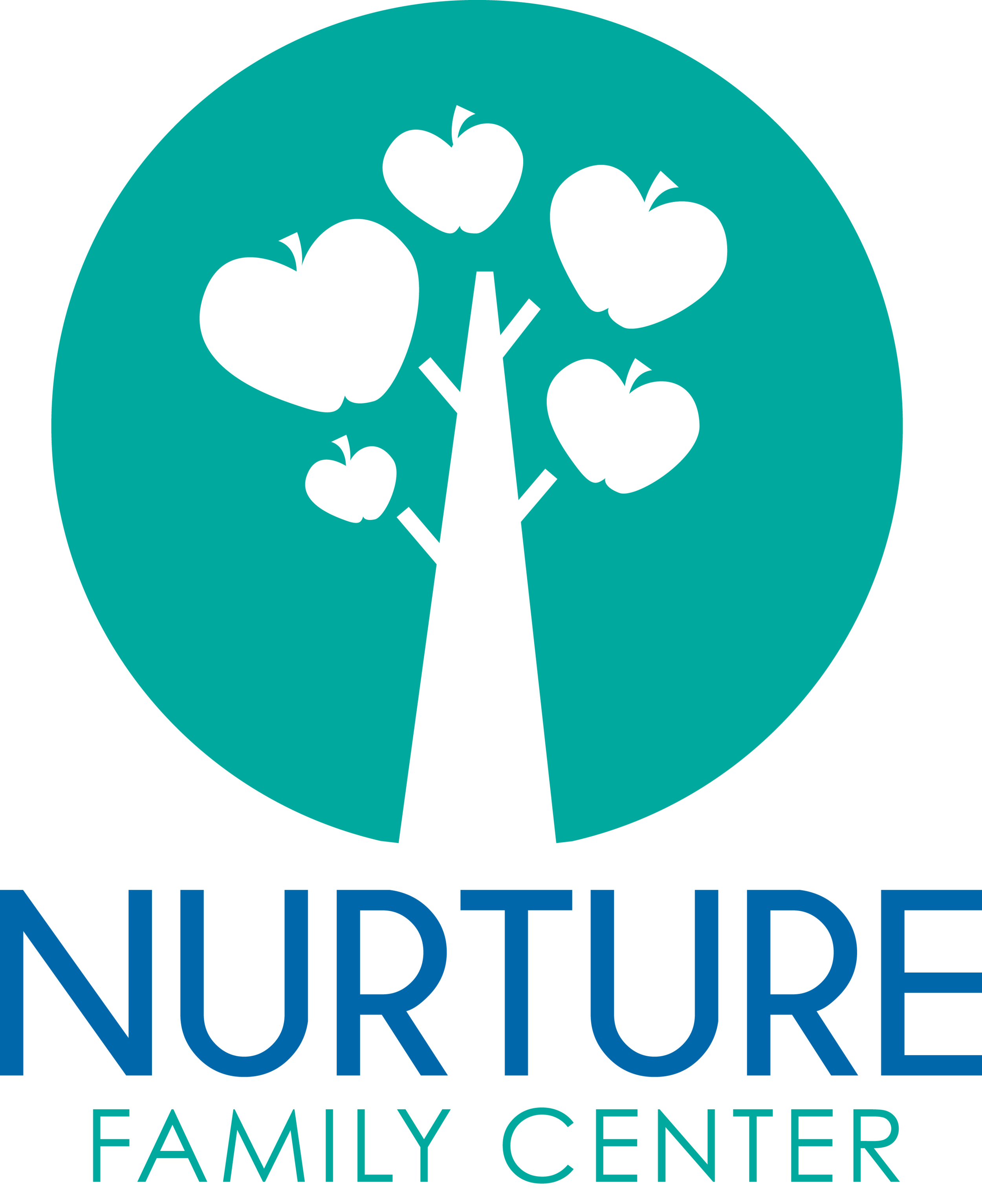You're Triggered...Now What?
Let's start by defining what a Trigger is. A Trigger is a stimulus that causes a painful memory to resurface also a physical response to a perceived threat. A trigger can be any sensory reminder of a traumatic event: a sound, sight, smell, physical sensation and even a specific date or time of day. Our body and brain are constantly scanning, a process called Neuroception. Scanning the INSIDE of our bodies, OUTSIDE (our environment) and BETWEEN (other people) for signs of safety (glimmers) or danger (triggers).
Understanding the nature of triggers and their role in alerting the body to potential threats is essential for managing them effectively. Here are some techniques to aid in navigating moments of distress:
Reframe the Perception of Triggers: Recognizing that triggers are not intended to harm but rather to protect can shift the perspective from one of vulnerability to one of empowerment. This reframing allows individuals to approach triggers with a sense of understanding and self-compassion.
Differentiate Between Past and Present Threats: Acknowledging that triggers often originate from past experiences and may not accurately reflect present circumstances is crucial. By questioning the necessity of the triggered response in the current moment, individuals can begin to distance themselves from past traumas and focus on the reality of their current environment.
Grounding Techniques: The 54321 technique, list 5 things you see, 4 things you hear, 3 things you feel, 2 things you smell and 1 thing you taste. Along with deep breathing exercises, it serves as a powerful grounding tool to bring individuals back to the present moment. Engaging the senses through observation helps redirect attention away from distressing thoughts or memories, promoting a sense of stability and safety.
Body Awareness and Regulation: Increasing awareness of bodily sensations and engaging in practices that promote relaxation, individuals can regulate their nervous system response. Techniques such as deep breathing and progressive muscle relaxation can help alleviate physiological symptoms associated with triggers, fostering a sense of calm and control.
Seek Support and Connection: Co-regulating with a trusted support person provides an opportunity to share experiences, receive validation, and receive assistance in returning to a state of safety and connection. Building a support network of understanding individuals can offer invaluable support during moments of distress.
Overall, these techniques offer practical strategies for managing triggers and promoting emotional well-being. With practice and patience, individuals can develop resilience in navigating challenging moments and cultivate a greater sense of self-awareness and empowerment.
Jennifer Scieszka & The Nurture Family
